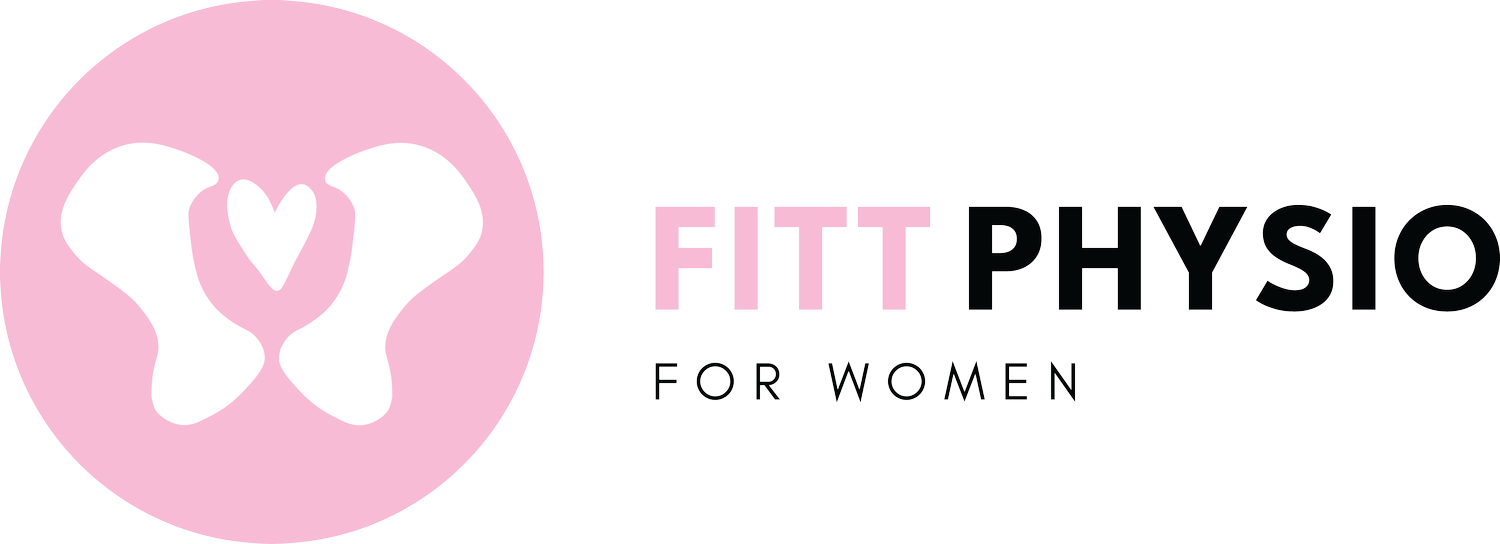
PELVIC PAIN
PELVIC PAIN
Understanding Pelvic Pain and Seeking Relief
Pelvic pain is often described as pain located below the belly button. It can be a complex and distressing issue, with various potential causes and contributing factors.
Common Considerations for Pelvic Pain:
Pain with Menstruation: Does the pain intensify during your menstrual period? This could be related to conditions like endometriosis or dysmenorrhea.
Negative Investigations: Have you undergone tests or investigations that have returned negative results, leaving the cause of your pain undetermined?
Overactive or Tight Pelvic Floor Muscles: Do you experience discomfort due to tight or overactive pelvic floor muscles? This can contribute to or exacerbate pelvic pain.
Role of a Pelvic Health Physiotherapist:
A Pelvic Health Physiotherapist can provide a comprehensive assessment of your pelvis and pelvic floor to identify the underlying cause of your pain. This assessment may include:
Evaluating Pelvic Floor Function: Identifying whether your pelvic floor muscles are too tight, weak, or dysfunctional.
Assessing Pelvic Anatomy: Examining the structure and function of the pelvic region.
Determining Contributing Factors: Identifying any additional factors that may be contributing to your pain.
Collaborative Care:
Pelvic pain often requires a multidisciplinary approach for effective management. Our physiotherapists & psychologist collaborate with specialists, including:
Gynaecologists: For issues related to reproductive organs and menstruation.
Urologists: For bladder-related concerns and urinary issues.
Sexologists: For sexual health and function-related matters.
If you’re experiencing pelvic pain, consider consulting with one of our physiotherapists to start your journey toward relief. With a thorough assessment and coordinated care, you can work towards finding effective solutions and improving your quality of life.
ENDOMETRIOSIS
Understanding Endometriosis and Its Impact on Pelvic Floor Health
What is Endometriosis? Endometriosis, often referred to as "Endo," is a condition where tissue similar to the lining of the uterus (endometrium) grows outside the uterus. This can lead to chronic inflammation, scarring, and a range of symptoms.
Prevalence: Endometriosis affects approximately 1 in 9 women.
Impact on Pelvic Floor Health: Women with Endometriosis can experience additional types of pain due to the condition, including:
Pelvic Floor Dysfunction: The chronic pain and inflammation from Endometriosis can lead to pelvic floor issues. This may involve muscular spasm or tightening, resulting in:
Myofascial Trigger Points: Tender areas within the pelvic floor muscles that can be painful and contribute to discomfort.
Signs & Symptoms Associated with Pelvic Floor Dysfunction:
Bowel Changes: Issues such as constipation, incomplete emptying, or discomfort during bowel movements.
Bladder Changes: Painful urination, frequent urination, or discomfort associated with bladder function.
Painful Sex: Discomfort or pain during sexual activity.
Assessment and Management:
If you suffer from Endometriosis and experience related pelvic floor issues, it is essential to seek a comprehensive assessment. A Pelvic Health Physiotherapist can:
Conduct a Thorough Evaluation: Assess the impact of Endometriosis on your pelvic floor function and overall pain levels.
Develop a Personalised Treatment Plan: Address muscular spasm, trigger points, and other pelvic floor dysfunctions.
Collaborate with Specialists: Work with other healthcare providers, such as gynaecologists, to ensure a holistic approach to managing Endometriosis.
Contact Us: If you have Endometriosis and are experiencing related pelvic pain or dysfunction, reach out for a detailed assessment and targeted treatment. Our team is here to support you in managing your symptoms and improving your quality of life.
INTERSTITIAL CYSTITIS
Understanding Interstitial Cystitis and Its Impact on Pelvic Floor Health
What is Interstitial Cystitis? Interstitial Cystitis (IC), also known as Bladder Pain Syndrome, Painful Bladder Syndrome, or Chronic Pelvic Pain, is an inflammatory bladder condition characterized by:
Pelvic Pain: Discomfort or pressure in the bladder and pelvic area.
Bladder Urgency: A strong, often overwhelming, desire to urinate.
Bladder Frequency: The need to urinate frequently throughout the day and night.
Connection with Pelvic Floor Dysfunction: Approximately 85% of patients with Interstitial Cystitis experience pelvic floor dysfunction. This can include:
Muscle Pain and Tension: The pelvic floor muscles may become tight and painful, leading to reduced function.
Trigger Points: Tight muscles can develop trigger points, which are tender areas that may refer pain to other parts of the body.
How Can a Pelvic Floor Physiotherapist Help?
Internal Examination: A thorough internal examination allows the physiotherapist to assess and address muscle tension and trigger points within the pelvic floor.
Treatment Strategies: Techniques may include manual therapy, relaxation exercises, and other interventions to decrease muscle tension and improve pelvic floor function.
Contact Us: If you are suffering from Interstitial Cystitis and suspect that pelvic floor dysfunction may be contributing to your symptoms, reach out for a comprehensive assessment. Our Pelvic Floor Physiotherapists are skilled in evaluating and treating pelvic health issues to help you manage pain and improve quality of life.
For More Information: Visit www.ichelp.org for additional resources and information on Interstitial Cystitis.
